
The viewer can understand the instinct to want to remove pain, especially when one selected young boy is learning about those things which cause pain and upheaval in society. The images of war that are shown as he begins to understand negativity are truly painful for someone who is sensitive (like me) to watch. Likewise, the extinction of elephants was a horrid scene for me to watch and contemplate since they are one of my beloved spirit animals. At the same time, the viewer gets to watch the young boy joyfully discovering music and dance, practices removed from society because they possess too much emotion intrinsic to their existence. Likewise, love no longer exists in this world. People merely tolerate and appreciate those in their assigned family units.
As I watched The Giver, I felt synchronicity at play again in my life. I recently spent a lot of time with a man who was afraid of emotional pain. As a result, he was unwilling to take risks that would create pleasure because he didn’t want to feel the pain that was an inevitable result of that risk taking. Mind you, I’m not a crazy adrenaline junkie. You won’t likely ever find me bungee jumping or climbing Mount Everest. However, I am willing to try new activities and enter into relationships with new people who might not seem perfect for me from the start. I know that there’s as much potential for pleasure as there is for pain, and that risk is worth it for me.
We see this most often in our relationships with others around us, especially the relationships that involve love. We know when we enter into any relationship, it will eventually end. Most romantic relationships end with a break up. Others dissolve upon death. When we add pets to our family, we know from the start that we will most likely outlive those pets, yet the joy and love pets bring to our families and our lives is more than worth the pain that their deaths impart. Furthermore, as part of being human, any relationship we enter is bound to have some pain in it. We don’t mean to hurt each other, but we do. It’s part of our personal growth experience.
Since my relationship with the man who was afraid of emotional pain ended, I’m left wondering how many around me are also afraid of emotional pain. I question how many people shut down their lives in an attempt to avoid negative experiences, yet in reality, they are only depriving themselves of pleasure as a result of not trying to feel anything at all. I suspect it’s far more people than I want to believe.
What my experience with this man boiled down to is that living without pain is not how I choose to live my life. There’s no question that life is filled with emotional, physical and spiritual pain. Yet I choose to move forward, leaning into that pain so that I can experience the pleasure that is on the other side of it. Sometimes it’s hard to judge if the pain is worth the pleasure because pain can be truly horrendous. Yet at the same time, pleasure can be just as overwhelmingly powerful if we allow it to be. As the lead character of The Giver says so accurately, “If you can’t feel, what’s the point?”
© 2016 Elizabeth Galen, Ph.D., Green Heart Guidance, LLC
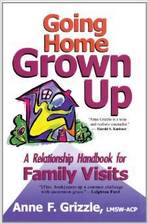
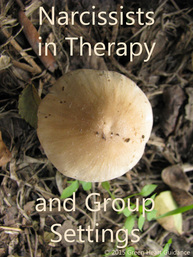
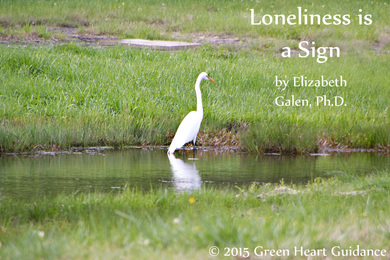
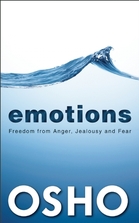
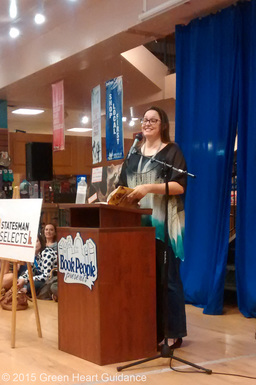



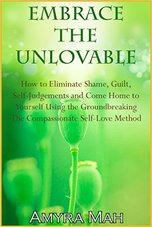
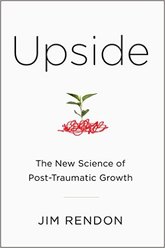
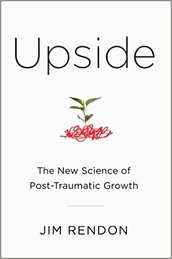
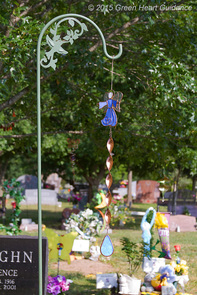






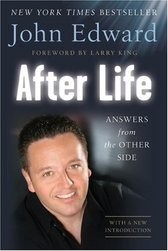

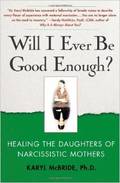
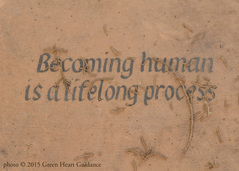
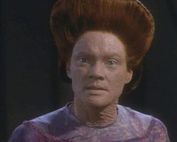
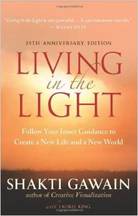
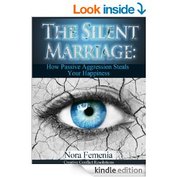
 RSS Feed
RSS Feed